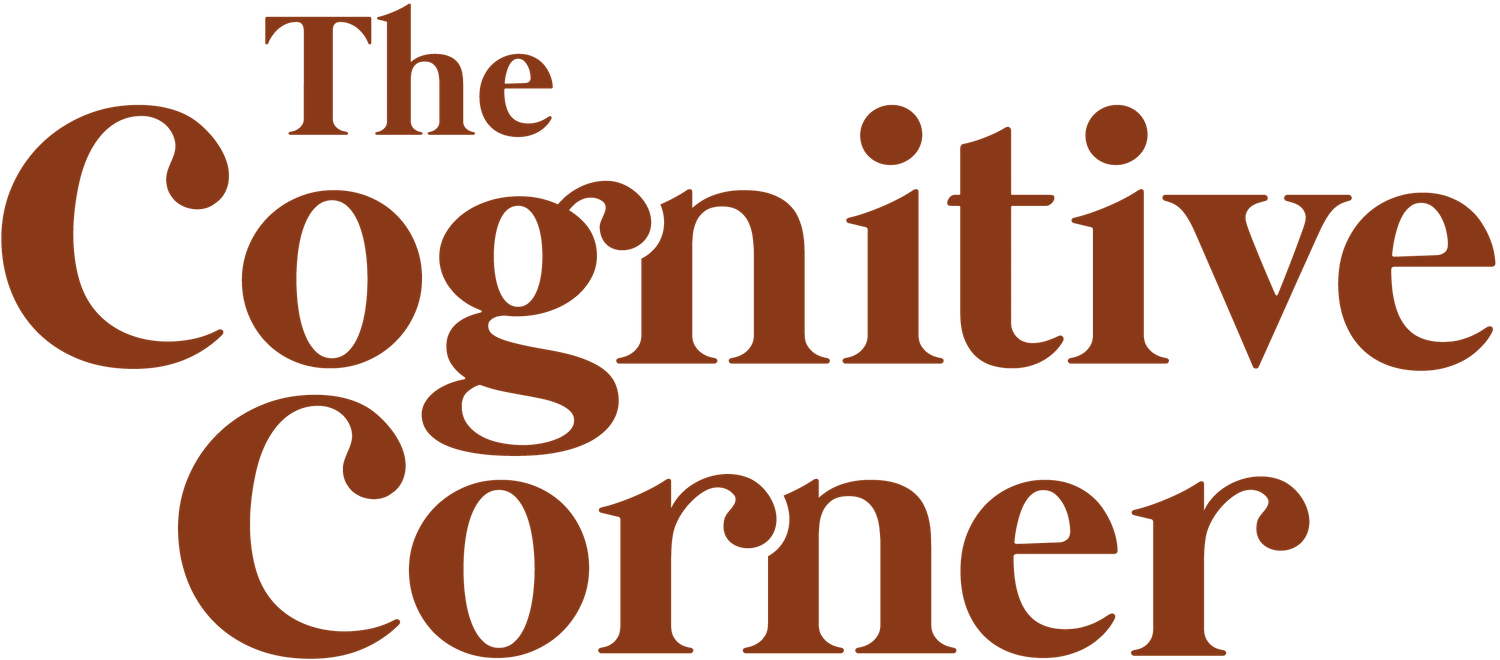A Guide to Psychedelic-Assisted Therapy
The Basics - What are Psychedelics?
Psychedelics are a type of drug or substance class that can put users in an altered state of consciousness and perception. They can help shift the individuals' typical perspectives or cognitive patterns. While affecting the mind and consciousness, these substances can also create a physical effect on things such as heart rate, blood pressure, or interact with other medications the client uses.
These substances typically hold significance in many Indigenous religious or cultural practices, specifically in South, Central, and North America. There is scientific research to back up Psychedelic-Assisted Therapy and it can be used alongside other forms of traditional therapies.
Types of Psychedelic-Assisted Therapies (PAT)
There are many different types of psychedelics that can be used to help those with mental health concerns! Here is a breakdown of the most common ones:
Ketamine-Assisted Therapy
Ketamine is a dissociative anesthetic. It increases the activity of glutamate; a neurotransmitter causing neurons to fire and send messages throughout the nervous system. This strengthens the connections between neurons in brain areas that are responsible for regulating mood.
Useful in helping clients with treatment-resistant depression and suicidal ideation, bipolar disorder, chronic pain, and anxiety disorders.
Psilocybin-Assisted Therapy
Psilocybin is a psychedelic that acts on serotonin receptors. It is the active compound in “magic mushrooms”.
Psilocybin affects emotions, introspection, and perception.
Used for treating substance use disorders, treatment-resistant depression, anxiety, and anxiety in terminally ill patients.
MDMA-Assisted Therapy
MDMA is a combination of stimulants and hallucinogens that act on serotonin, norepinephrine, epinephrine, and dopamine neurotransmitters.
It affects emotions and retrieving repressed memories and can improve communication and emotional openness.
Used in relational therapy and to help those with treatment-resistant PTSD and depression.
LSD-Assisted Therapy
LSD is a synthetic psychedelic that acts on serotonin receptors.
Its therapeutic use can lead to long-term changes in perspective and emotional processing.
It is used to treat depression, anxiety disorders, substance use disorders, and existential distress in terminally ill patients.
Ayahuasca-Assisted Therapy
Ayahuasca is a mixture that contains DMT (a serotonin-like drug) and MAO inhibitor (which prevents the breakdown of serotonin, dopamine, norepinephrine, and epinephrine).
Used in Indigenous ceremonies in South and Central America.
DMT-Assisted Therapy
DMT acts on serotonin receptors.
Current research is looking into its possible use to treat depression and anxiety disorders.
How PAT Therapy Works:
Psychedelic-Assisted Therapy is a three-stage process
Stage 1: Preparation - setting goals and building trust with the therapist before the dosing session
Stage 2: Dosing Session - taking the psychedelic under medical supervision
Stage 3 Integration - processing insights from the dosing session with a therapist and applying them to daily life.
TCC Therapist Brynlyn is a Certified PAT therapist through ATMA, an online community for psychedelic therapy practitioners. Brynlyn provides the preparation and integration stages of PAT, which has been shown to be effective. If you are interested in the dosing stage, there are clinics, such as SABI Mind’s Ketamine Therapy, where clients can have a dosing session under medical supervision.
In Brynlyn’s preparation stage she will help you in getting the mind, body, spirit, and emotions ready before the dosing stage. You will explore your intentions and motivations for PAT, develop a sense of trust, and bring your body into altered states of consciousness before the psychedelic portion of this therapy.
In the integration stage with Brynlyn, you will debrief after the medicinal journey and look for ways to apply insights from your journey into your daily life, in a purposefully paced way meant to make the transition as comfortable as possible.
Is PAT right for you?
There can be a lot of variation from person to person during the medicinal journey; but there are some common experiences. These may include feelings of altered perception, time distortion, emotional release and catharsis, and even religious/spiritual encounters. Next are some pros and important notes to consider when exploring if this type of therapy is right for you:
How Can it Help?
Can be used to help patients with treatment-resistant mental health concerns.
May lead to a feeling of cognitive openness or insights about one’s situations/life.
It has rapid effects, some of which may be long-lasting.
Enhances emotional processing.
Improves self-awareness, mindfulness, and self-growth.
Important Notes:
As with any medication, there are possible side effects that could arise, such as nausea or anxiety/paranoia, comedown effects such as serotonin depletion, and more.
As PAT is partly a medical procedure, it does require medical screenings, and that said, not everyone is eligible. Medical staff will be able to make that decision based on allergies, heart conditions, other medication the client is taking, etc.
PAT can be expensive and requires large time commitments since it has to be facilitated by medical staff, multiple sessions are usually required, and the effects of psychedelics can last for hours.
Conclusion:
Psychedelic-assisted therapy can offer a transformative and hopeful approach to treating mental health conditions, especially for those who haven't found success with traditional treatments. By combining the therapeutic effects of psychedelics with guided support, patients can experience deep emotional insights, enhanced self-awareness, and lasting improvements in their well-being. Though it requires careful supervision and commitment, the potential for meaningful and long-term change makes it a promising option for personal growth and healing.
If you have additional questions or want to explore this treatment further, book a free 15-minute PAT consultation with TCC therapist Brynlyn today!
Resources:
ATMA Journey Centers Inc. (2022). Psychedelic basic’s guide. https://www.atmajourney.com/psychedelic-basics-guide/.
Comer, R. J., & Comer, J. (2022). Fundamentals of abnormal psychology (10th ed.). New York: NY Worth Publishers.
Hancock S.D. & McKim, W.A. (2018). Drugs and behavior: An introduction to behavioral pharmacology (8th ed.). New Jersey: Prentice.
Neuma Centre For Social Wellness. (2023). The psychedelic field guide. https://neumacentre.com/free-guide/
SABI MIND. (n.d.). Sabi mind client information package.


